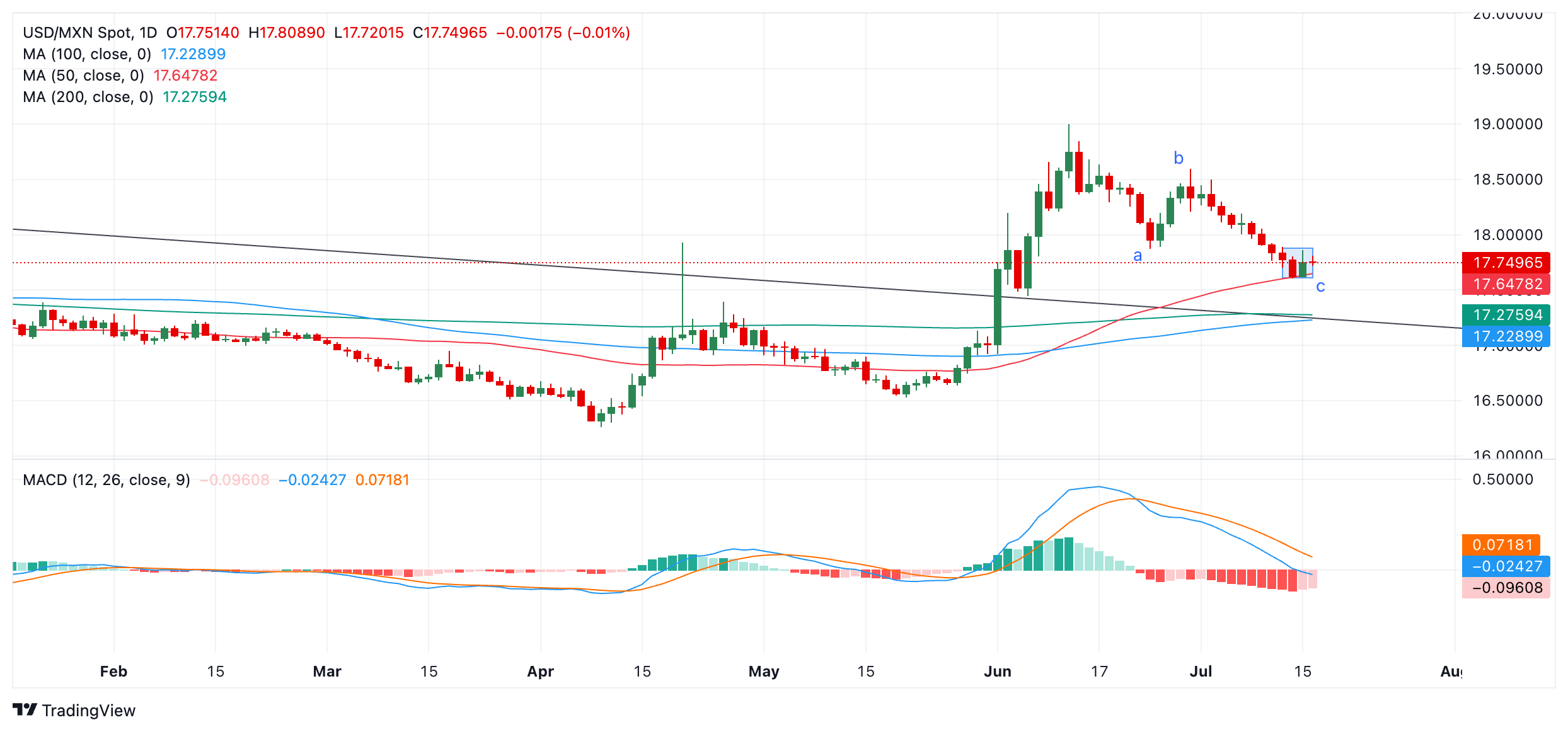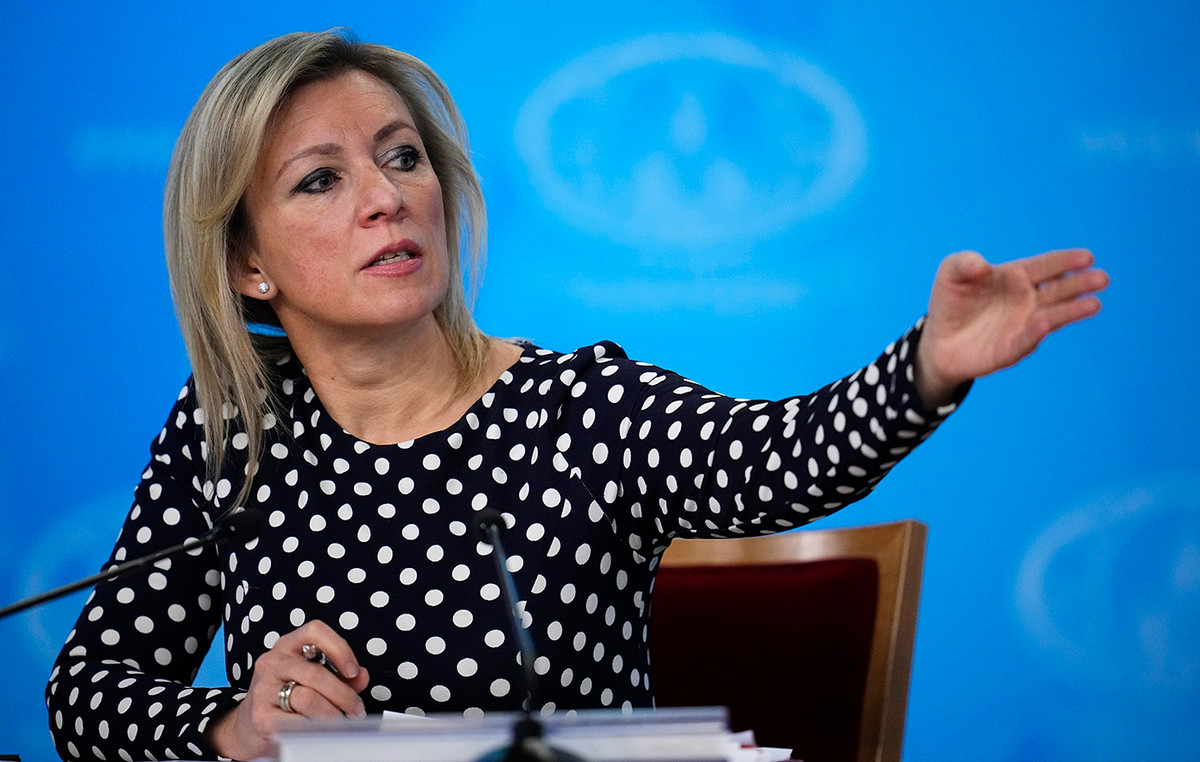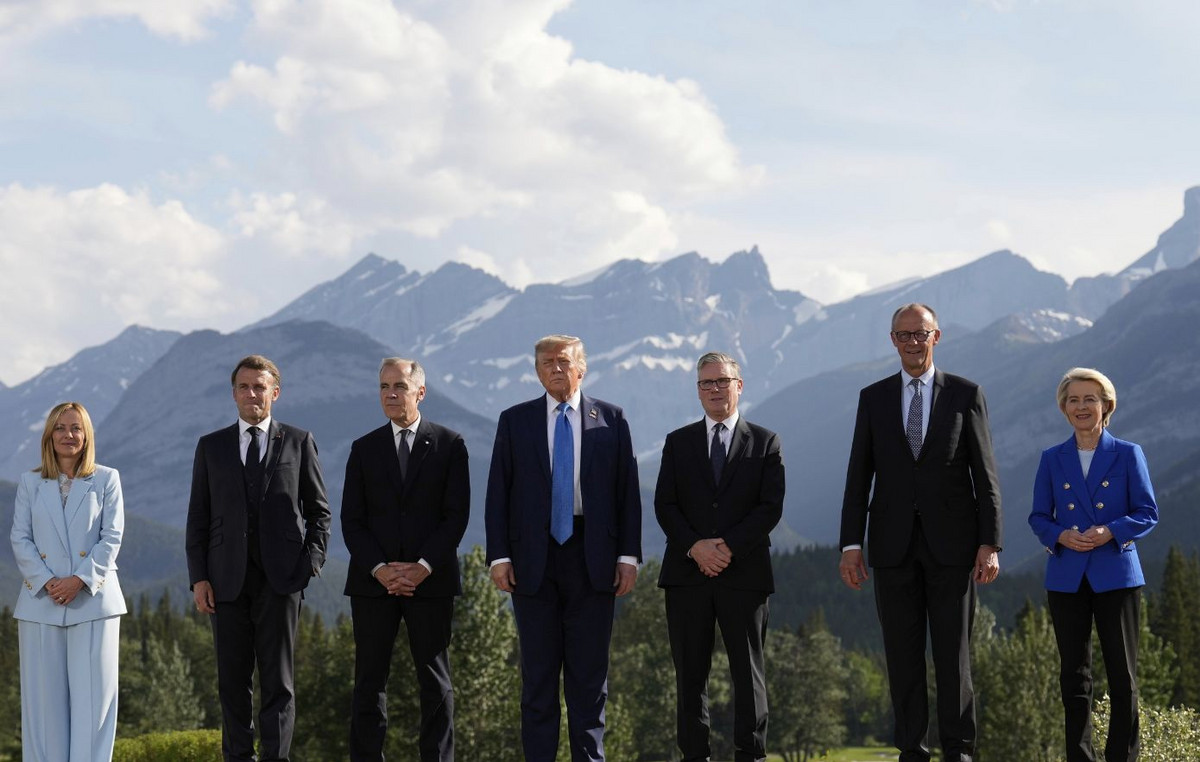- The Mexican peso has lost ground against its major peers following the attempted assassination of Donald Trump.
- Trump’s poll ratings improved after the incident and if he wins the election he will likely impose trade tariffs.
- USD/MXN is showing signs of reversing its recent decline from June highs.
The Mexican Peso (MXN) is falling against its most traded peers on Tuesday. The weakness of the Peso is due to the news that former US President Donald Trump was injured in an assassination attempt at a rally in Pennsylvania on Saturday. This has led to a sudden rise in US Treasury yields and the US Dollar (USD), but has weakened the MXN.
Although the attack physically harmed Trump, it improved his ratings in the polls by several points. This is negative for the Mexican Peso, as a Trump presidency would likely lead to increased tariffs on foreign imports, including those from Mexico, negatively impacting trade between the US and Mexico.
At the time of writing, one US Dollar (USD) buys 17.77 Mexican Pesos, EUR/MXN is trading at 19.36 and GBP/MXN at 23.03.
The Mexican Peso reacts to the comments of the Banxico dissident
The Mexican peso recovered some of its losses on Monday as a result of comments from the Deputy Governor of the Bank of Mexico (Banxico), Omar Mejia, that supported the Mexican currency. Mejia was the only person on the Banxico board who voted to cut interest rates at Banxico’s last meeting in June, according to minutes that were published last week.
In his comments, Mejia qualified his decision to vote for a 0.25% rate cut by saying that cuts should be implemented gradually, and a rate cut would not imply the start of an easing cycle.
Banxico’s policy interest rate currently stands at 11.00%, one of the highest in a developing country. It is the main reason for the Peso’s strength since 2020, when it traded at a low of 25.79 against the US Dollar, only to rise over the next four years to a high of 16.26 in April 2024.
Currencies in countries with high interest rates tend to appreciate because they benefit from higher capital inflows.
Technical Analysis: USD/MXN shows signs of bullish reversal
USD/MXN is showing signs of reversing its recent decline from the June 12 high.
It found support at the 50-day simple moving average (SMA) at 17.65 and formed a bullish day on Monday after Friday’s long bearish day (shaded blue rectangle on the chart below). This pattern is similar to a two-day reversal pattern and could be a sign that the pair is about to enter a more bullish phase.
USD/MXN Daily Chart

Another bullish sign is that the USD/MXN could have also completed a Measured Movement (MM) pattern.
MMs are large three-wave zig-zags, with waves labeled A, B, and C. The end of wave C can be estimated using the length of wave A as a guide. C is usually equal to A, or at least a Fibonacci ratio of A. C is now roughly the same length as A and is more than A’s 0.618 Fibonacci ratio, suggesting that the pattern may be complete.
Although it is too early to be sure, the pair could be changing course and starting a short-term uptrend.
A break below the 50-day simple moving average (SMA) at 17.60, however, would reconfirm the dominant short-term downtrend and lead to a likely drop to 17.27, the level of the 200-day SMA and an important multi-month trendline.
Meanwhile, the direction of medium- and long-term trends remains uncertain.
Banxico FAQs
The Bank of Mexico, also known as Banxico, is the country’s central bank. Its mission is to preserve the value of Mexico’s currency, the Mexican Peso (MXN), and to set monetary policy. To do so, its primary goal is to maintain low and stable inflation within target levels (at or near its 3% target, the midpoint of a tolerance band of between 2% and 4%).
Banxico’s main tool for guiding monetary policy is setting interest rates. When inflation is above the target, the bank will try to control it by raising rates, making it more expensive for households and businesses to borrow money and thus cooling the economy. Higher interest rates are generally positive for the Mexican Peso (MXN), as they generate higher returns, making the country a more attractive place for investors. Conversely, lower interest rates tend to weaken the MXN. The rate differential with the Dollar, or how Banxico is expected to set interest rates compared to the US Federal Reserve (Fed), is a key factor.
Banxico meets eight times a year and its monetary policy is heavily influenced by decisions of the US Federal Reserve (Fed). Therefore, the central bank’s decision-making committee usually meets a week after the Federal Reserve. By doing so, Banxico reacts to and sometimes anticipates the monetary policy measures set by the Federal Reserve. For example, after the Covid-19 pandemic, before the Fed raised rates, Banxico did so first in an attempt to decrease the chances of a substantial depreciation of the Mexican Peso (MXN) and avoid capital outflows that could destabilize the country.
Source: Fx Street
I am Joshua Winder, a senior-level journalist and editor at World Stock Market. I specialize in covering news related to the stock market and economic trends. With more than 8 years of experience in this field, I have become an expert in financial reporting.







